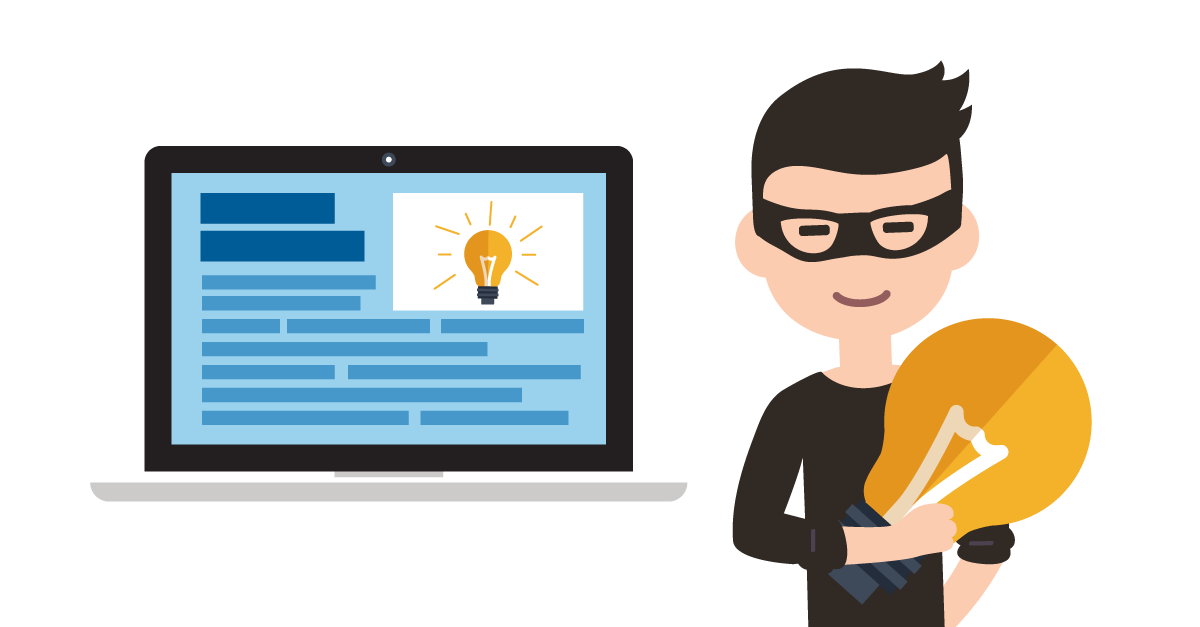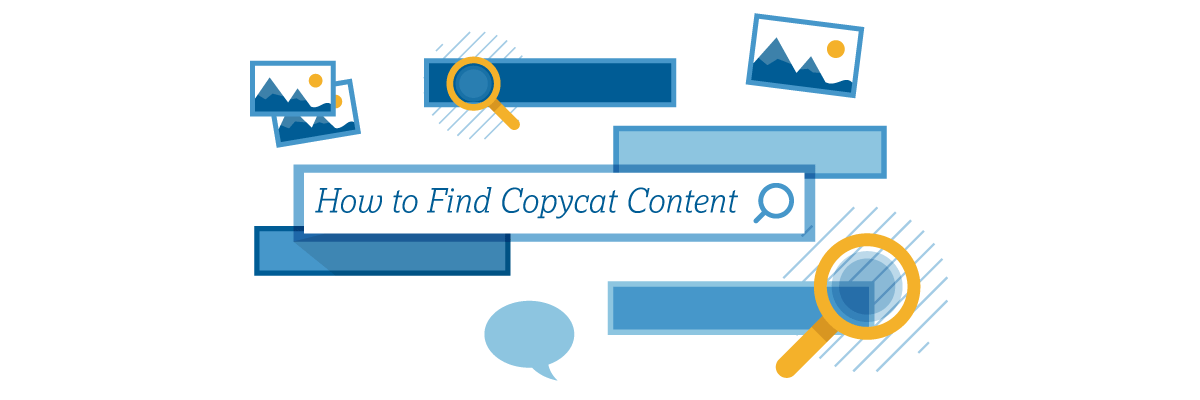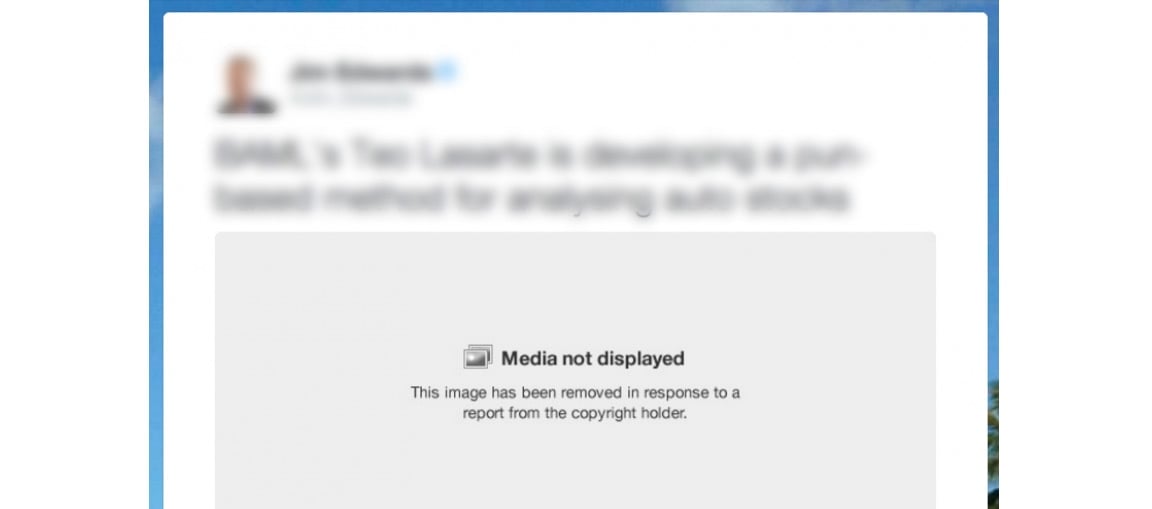What to Do When Someone Steals Your Online Content
posted on

Here at Web Solutions, we make it a priority to use our blog to share our marketing knowledge with our clients, and the world in general. Anyone is welcome (encouraged!) to link to our blogs, but the bottom line is that the content we create belongs to us.
That’s why it was so disheartening when some of the infographics and content we lovingly created for our own blog posts showed up on another blog. There was no mention of Web Solutions, and no credit provided. We appreciated the compliment, but we didn’t appreciate the theft.
What Constitutes Content Theft?
Any original content you publish online belongs to you (or the company you work for), and is automatically protected under copyright law—you don’t have to file a copyright or include a copyright symbol (©). Unless you give permission, no one else can republish that content on another website and pretend it's their own work. That’s plagiarism, folks.
If someone wants to reuse someone else’s content on their own site, it’s not good enough to post the article and note the source of the content—that gets around the plagiarism issue, but not the copyright infringement. To avoid copyright infringement, they must ask for and obtain explicit permission from the owner of the content before they reuse it.
It’s OK, however, to use brief quotes from a blog post in your own content, as long as you provide attribution (and it’s good manners to provide a link as well).
For example: In a blog post on content theft, Web Solutions said, “Unless you give permission, no one else can republish that content on another website and pretend it's their own work.”

How Do You Find Duplicate Content?
Unless you have a full-time content theft sleuth on staff, you probably don’t have time to continually look for websites that have appropriated your original work. After all, the reason such thefts happen so frequently is that the perpetrators very often get away with it.
To guard against content theft, dedicate a few minutes a week to spot-checking your blogs by cutting and pasting sections of text into a free plagiarism checker tool such as Copyscape, Grammarly Plagiarism Checker, Plagiarism Checker or Plagiarisma.
You can also set up Google Alerts on multiple content selections—the opening sentence of each of your blog posts, for example—and Google will notify you if that content appears anywhere besides your website. For original images like infographics or illustrations, use Google’s reverse image search to see if your work is being used on other sites, and be sure to keep the original graphic files to prove you created them.

How To Get Duplicate Content Removed from a Website
As indignant as you probably are when you see someone else taking credit for your hard work, don’t jump to the conclusion that the theft was malicious. There’s a slight chance someone just didn’t know you can’t copy and paste someone else’s work and claim it as your own. First, take a screenshot of all the copied content so you have proof. Then follow these steps to get the content removed.
- Contact the owner of the site and ask to have the stolen content taken down. Include a link to your original content, the date it was published, the screenshot showing the copied content, and a clear statement saying you are the exclusive owner of the content and did not give permission for it to be reposted.
- If that doesn’t get results, contact the company that hosts the site. Enter the website’s URL in WHOIS to get contact information, then send an email with the same information you provided to the owner of the site and detail your unsuccessful efforts to have the content removed.
- Still nothing? OK, no more Mr. Nice Guy. Contact Google and any other search engines and social networks where the content appears and file an official takedown request. The Digital Millennium Copyright Act (DMCA) requires all companies that host or process digital information to comply with strict procedures for removing content that infringes a copyright.